The King of scammers — how Victor Lustig was able to sell the Eiffel Tower. Twice
Victor Lustig is considered one of the most skillful and famous scammers in the world. He was arrested about 50 times and released each time for lack of evidence. He was a kind of perfectionist in his insidious deceptions, had an excellent memory and a subtle sense of human nature.
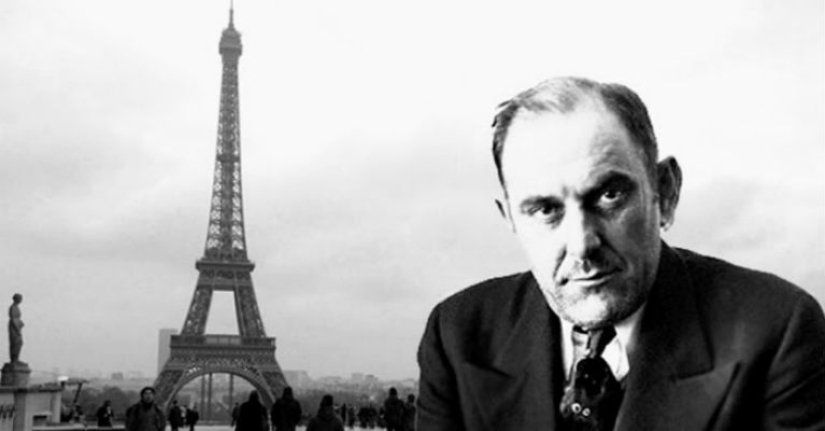
Lustig was born in the family of the mayor of the small Czech town of Gostinne. The boy received an excellent education, spoke five languages fluently, and the most respected people of the city gathered at his parents' house. Victor's father sent him to study at the Sorbonne, but the young man dropped out. For several years, he traveled all over Europe, committing dozens of minor crimes under different names. But mostly he introduced himself as the Austrian Count Viktor Lustig.
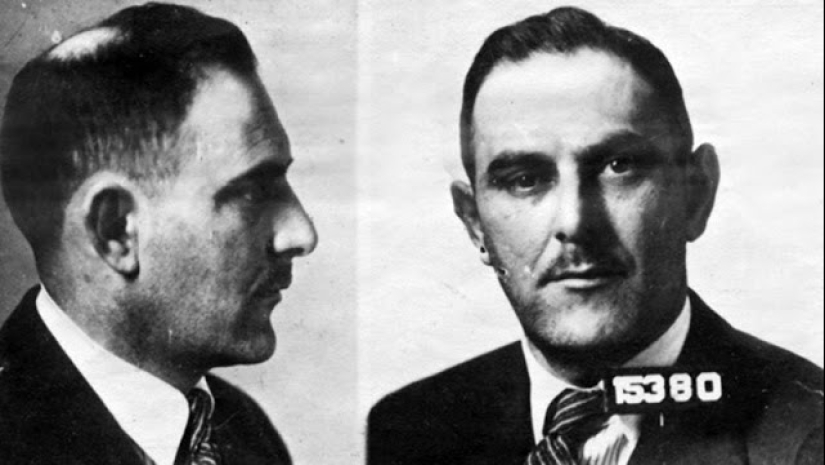
In 1925, France was recovering from the First World War, Paris was flourishing and growing rapidly — an ideal place for a successful fraudster. The idea, which became Lustig's most famous deception as a result, came to him while he was reading a newspaper. He came across an article where the problems of the city on the contents of the Eiffel Tower were discussed. It took a lot of money to paint the iron hulk alone. And then the brilliant mind of the fraudster saw brilliant prospects here.
Lustig produced fake government letterheads and invited six major scrap dealers to a secret meeting at the Crillon Hotel, one of the oldest hotels in Paris, to discuss a possible deal. All six of them came. Victor introduced himself as the Deputy Director General of the Ministry of Post.
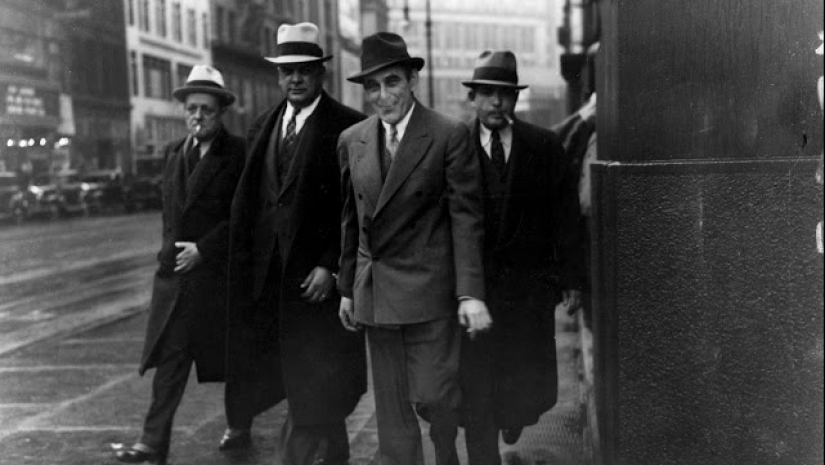
Lustig explained to the audience that the maintenance of the Eiffel Tower costs the city too much, so it was decided to sell it for scrap. However, due to the possible negative reaction of the public, the meeting and the transaction should be kept secret. In principle, in 1925, such an idea was not as crazy as it is today. The Eiffel Tower was built in 1889 for the Paris World's Fair and was, in fact, a temporary project. The building had to be dismantled in 1909 and moved, as it did not fit into the historical appearance of the country's capital.
Lustig drove a group of dealers in a luxury limousine for a field trip. The tour of the tower gave the fraudster an opportunity to assess which of them most wants to make this transaction. And the choice fell on Andre Poisson. The dealer felt insecure because he was not part of the inner circle of the Parisian business community. Therefore, Poisson believed that this transaction would give him a ticket to society.
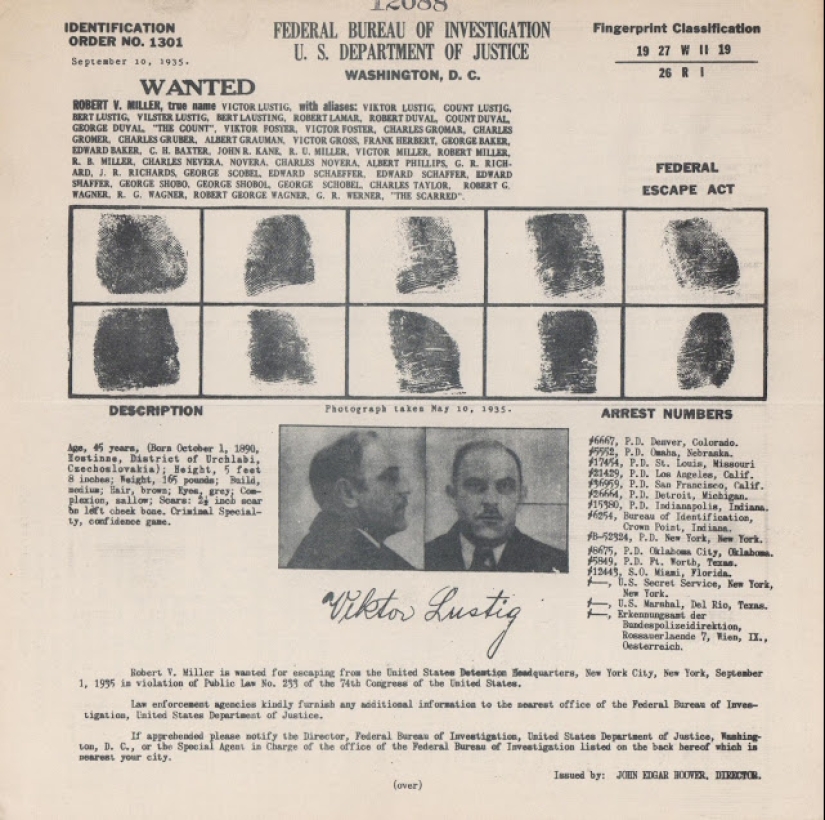
However, the dealer's wife was doubtful and distrustful, wondering about Lustig's identity and the reasons why the transaction should be kept secret and made in such a hurry. To lull her vigilance, at another confidential meeting, Victor pretended that he was in extremely straitened circumstances because of expenses that exceeded his income. Poisson immediately calmed down. He had already dealt with a corrupt government employee who just wanted a bribe.
So Lustig not only received money for the sale of the Eiffel Tower, he was also given a bribe. Then the virtuoso of deception and his French-American personal secretary Robert Arthur Turbillon (also known as Dan Collins) boarded the train with a briefcase full of money.
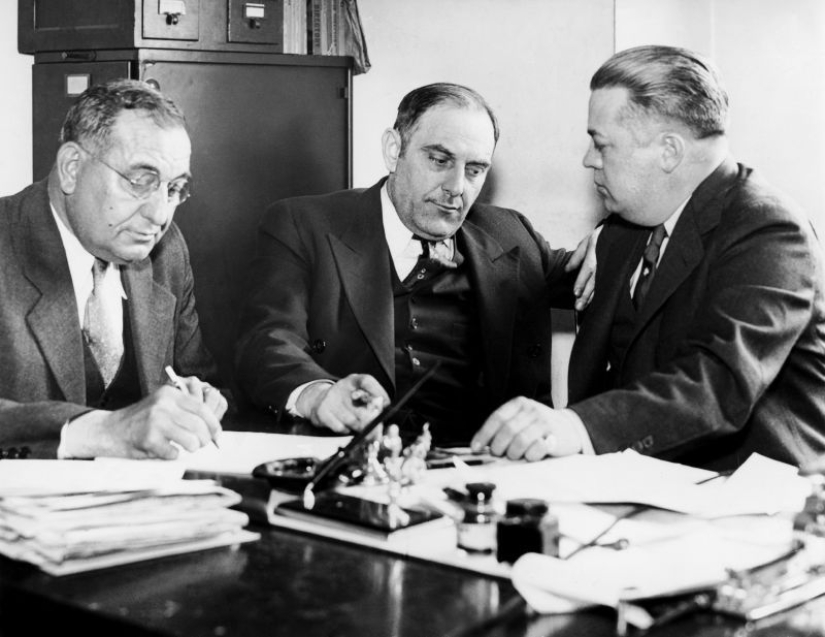
Of course, Poisson did not go to the police, he was too humiliated and crushed. A month later, Lustig returned to Paris and tried to carry out this scheme again, but one of the dealers went to the police and showed fake government forms and documents. Victor and Collins managed to escape to the USA.
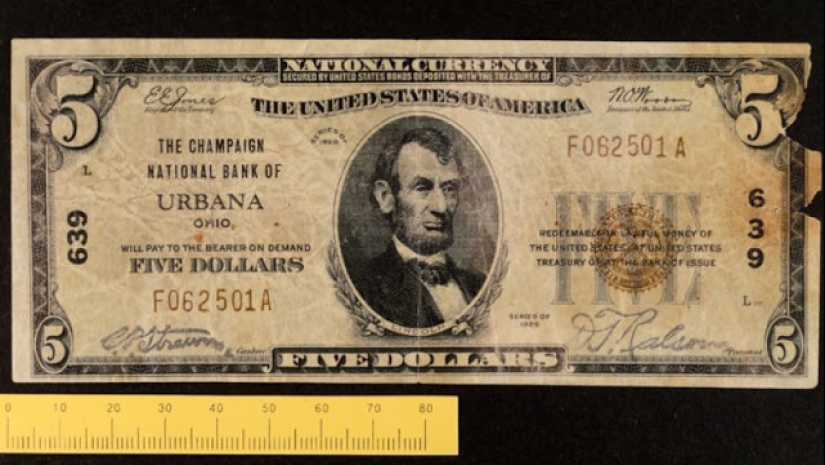
In America, he became a counterfeiter, and so successful that in 1934 a special department was created, whose employees had to find out who was behind it. And a year later Lustig was arrested — his mistress betrayed him, jealous of another. During the search, money printing plates and counterfeit money were confiscated. The day before the trial, Viktor managed to escape, but he was caught again and sentenced to 15 years in prison (plus 5 years for escaping from custody).
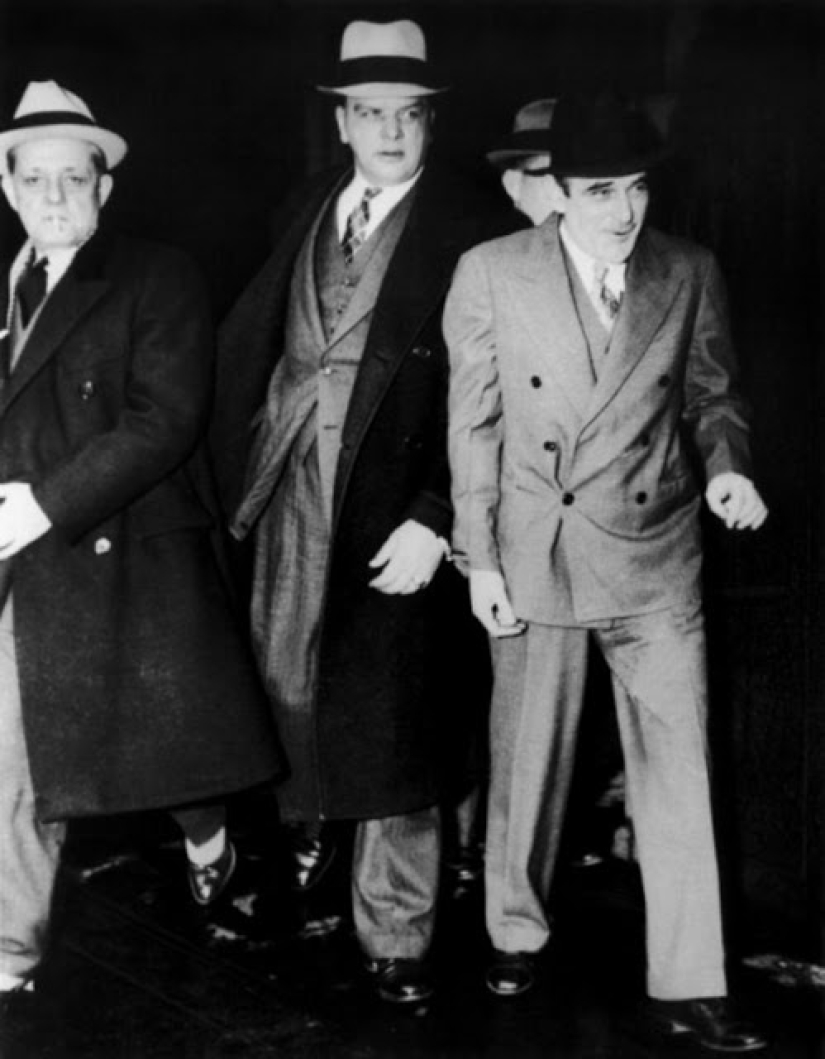
The counterfeiter was sent to Alcatraz Prison, where he spent 12 years and died in 1947 at the age of 57, either from a brain tumor or from pneumonia. He was buried in a common grave. The death certificate said that most likely his real name was Robert Miller. Some difficulties arose when filling in the column "Occupation", where they eventually wrote "seller". Interestingly, Lustig's counterfeit money circulated in the United States for many more years.

Lustig even tricked Al Capone once. Somehow he convinced the gangster to invest $ 50,000 in shares, kept his money in a safe for two months and returned it to Capone, saying that the deal had failed. The boss of the Chicago mafia was impressed by such honesty and gave him 5 thousand dollars as a reward. Which is exactly what Lustig wanted.
Recent articles

Winter is a special time of the year, someone is afraid of her, someone is waiting for snow days to build a snowman or go down the ...

The heroes of their photos are used to humiliate others, cheerfully and carelessly shoot everything on the phone and post the ...

Every day, photographers around the world are looking for new ways to tell stories or capture something we haven't noticed ...